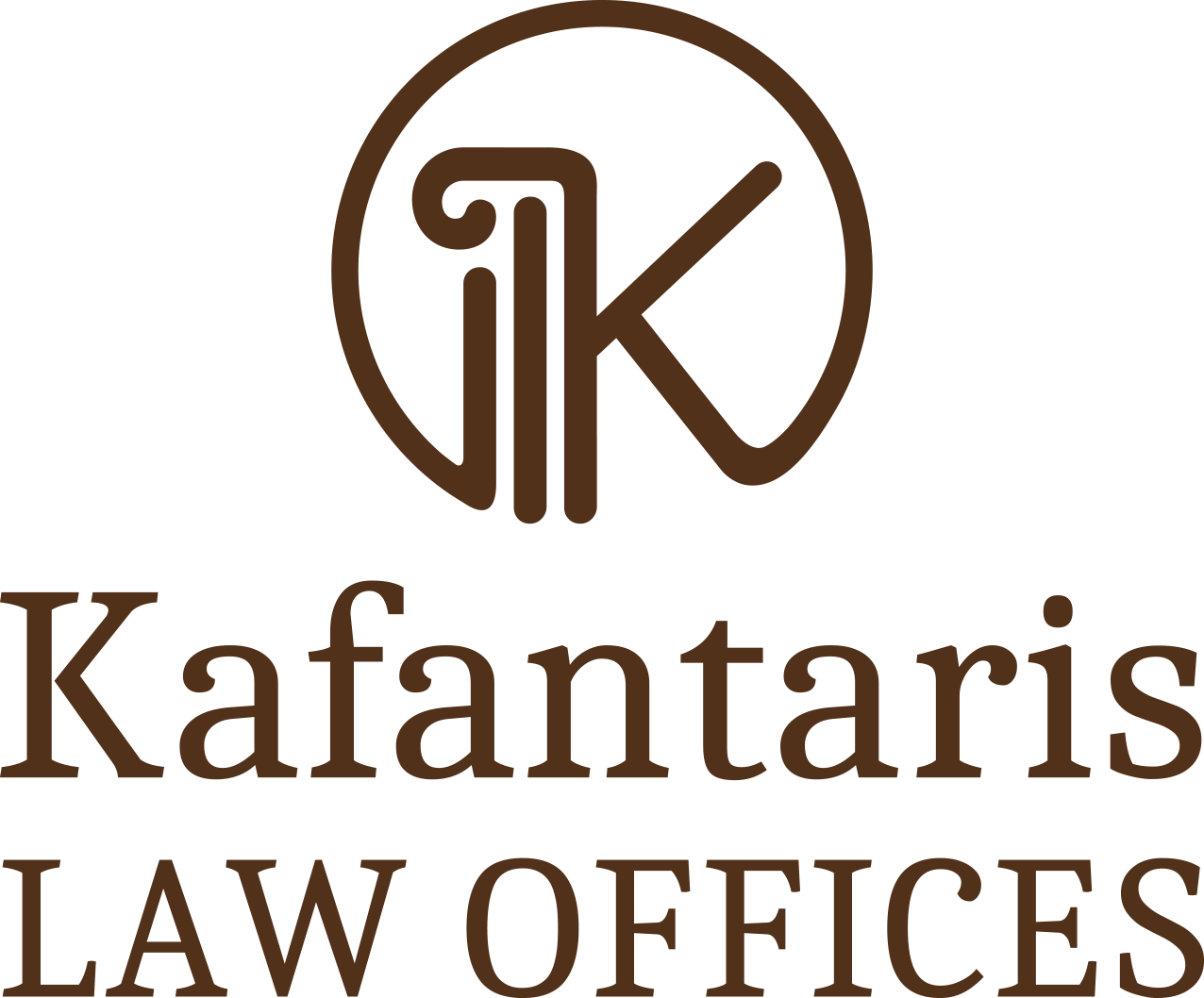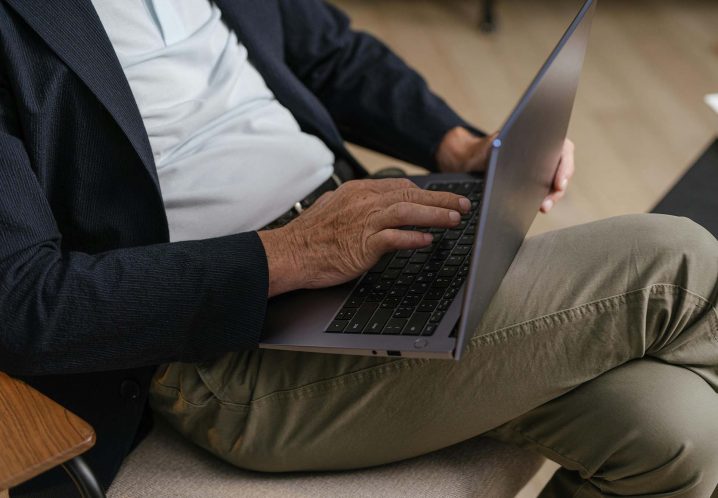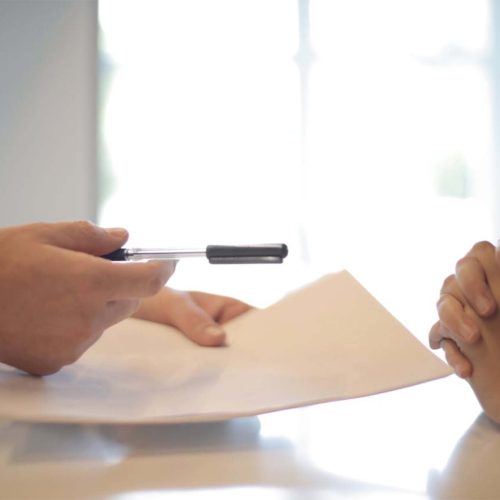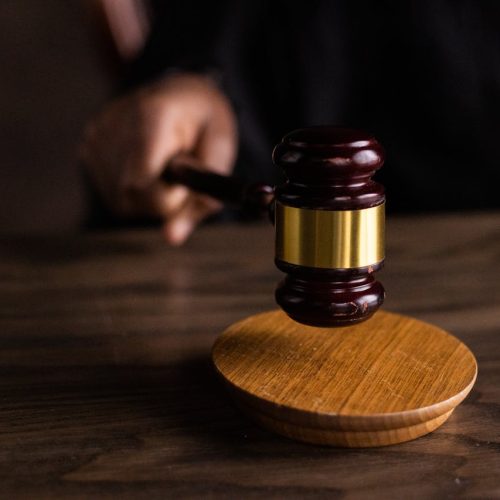While our profession has been slow to change, it is still centered around the written word and documents. The use of email therefore suits our profession handsomely. Indeed, email is becoming a primary means of communication between lawyers.
But the relative ease and informality of email correspondence should not necessary abrogate the rules of etiquette long used in paper letter writing. I am not suggesting that emails should employ the same rigidity of traditional letter writing but it is important to remember that our profession is comprised as much of form as it is of substance. The informal tone of emails allows us to be more direct and to the point with our colleagues- something that is sometimes lost with formal salutations or complimentarily closings. Nevertheless, emails should still have the essential elements of a paper letter.
Here are a few rules to consider in your next professional email:
1. Resist the Temptation to Say What You Really Think.
Law is a contact sport and egos can easily get bruised on the field. Resist the temptation to engage your colleague with an equally fractious reply. If you would not put the comments in a formal letter, do not write
it in the email. At the very least, take time to cool down before hitting send so that you may at least reflect a bit more on what you are about to say. A good rule is to compose the email in another program and paste it into Outlook before sending, thereby creating an additional step with time for review.
2. To Reply to All or Not to Reply to All, that is the Question.
Multi-party litigation brings many lawyers to the table and emails can quickly become hectic. Determine whether the e- mail should be addressed to one party or all parties. Likewise, do not reply to all recipients unless the response is applicable to them. Conversely, be sure to include other parties in your reply if they will be part of the future dialogue. Following these simple rules can clarify the lines of communication and greatly reduce catch-up responses from those left out of the loop.
3. Your Email as Exhibit “A.”
Though we may not like it, a casual email can easily end up as an exhibit stapled to the end of a pleading or memo and on full display for the court, your client and the public. There is no such thing as “off the record” emails in our adversarial profession and the use of conversational and candid communications amongst lawyers in litigation happens regularly. Be careful not to get too chummy with your colleague on the other side about how you really feel about your client or the judge as you may soon find yourself explaining your comments to them directly.
4. The Consternation of Email Stagnation.
The ease and efficiency of email communication has a tendency to accelerate the pace at which we might otherwise attend to the missives of our colleagues. This is more true than ever with the advent of smart phones which do not afford us the luxury of ever truly being “out of the office.” Indeed, there is an expectation that an email is read within a few hours of its launch. Though read-receipts can confirm exactly when an email is received, they are not often employed. Lest we leave our colleagues hanging in bewilderment, we should attend to the email within a few days at most. This may be hard with trial and deposition schedules or the rare vacation. But we should at least set an auto-reply email in the event we will be unavailable so as to at least inform the sender that a response will not be forthcoming immediately.
5. Foot in Mouth Emails: The Forward that Wasn’t.
A bit of levity can go a long way in our stressful profession and so we may from time to time be tempted to forward a humorous e-mail to a friend. As if the subject matter of the email is not enough, these “forwards” usually come packaged with the forwarding sender’s own raw interpretation and commentary about the message. And though we are usually quite effective at thumbing through the commands in Outlook, we will invariably hit reply instead of forward at some point leading to an awkward encounter with the original sender. The odds of reversing recipients at least once in our lifetime are against us, and we should thus be mindful in making jokes at the expense of our colleagues in a professional setting.
6. Limit lol to AOL! Thx…
Internet slang may be ubiquitous in texts and online chats amongst friends but it has no place in professional emails. Likewise, proper use of grammar, syntax and spelling are just as effective in a letter as they are in an email. Though it may not be necessary to indent your email paragraphs, you should take care to craft a clear and concise response in much the same way you would a formal letter. And remember to proofread it one last time before you press send.
mark@kafantaris.com






